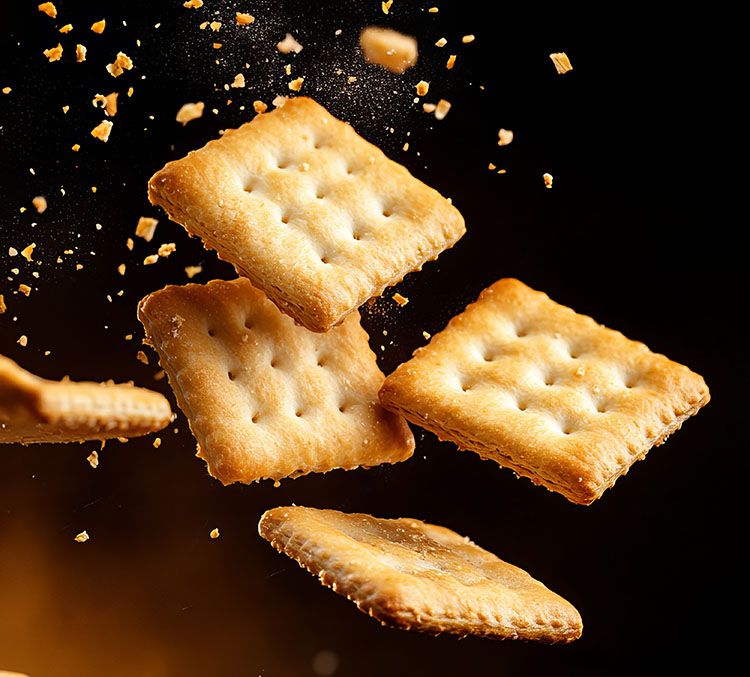
Two-stage mixing takes center stage
Two-stage batch mixing brings multiple advantages to industrial-scale baking. Two-stage batch mixing is especially suited to long-fermentation doughs, where structure and flavor are needed.
Two-stage batch mixing brings multiple advantages to industrial-scale baking. Two-stage batch mixing is especially suited to long-fermentation doughs, where structure and flavor are needed.
Chip Czulada embarked on a new role as the President of Reading Bakery Systems (RBS) at the beginning of 2024. He shares with Baking+Biscuit International magazine his view on the first six months at the helm of the company where he has been working for over 20 years.
Fully automating kneading and mixing is an ambitious endeavor, given the complexity of the process, and the diversity of raw ingredients.
Snacks are diverse and enticing additions to any eating occasion, whether they stand in for an entire meal, or are seen as a treat, a catering option for events, or a movie-night companion. Manufacturers stand to gain by keeping up the pace with innovations in this category. Extrusion provides particularly interesting opportunities.
Technological developments make continuous mixing a better option than batch mixing, especially so for high-volume production. High throughput continuous mixers are becoming the best sellers in this equipment category.
Over the years, advances in continuous mixing have been developed to improve ingredient metering, process controls and include specialized mixer designs and ultra-high capacity mixers. Compared to batch mixing, such technological developments make continuous mixing a better option than batch mixing, especially so for high-volume production.
Reading Bakery Systems (RBS) designed a new 18-nozzle rotating die for increased throughput capacity. Depending on the size of the finished snack product, it increases throughput capacity by up to 33% on the same size production line.
Pizza and flatbreads. Naan and wraps. Pitas and handheld snacks. This is a generous and exciting product range, with ample space for new innovations. AMF Bakery Systems (AMF) designs complete systems that support all of them, with results matching artisan craft.
Automated continuous mixing delivers real-time process assessment and consistency round the clock.
Requirements stemming from the product characteristics, the manufacturing needs, the facility and equipment line-up will influence how continuous mixing and kneading should be set up.
A continuous kneading and mixing process ensures all types of ingredients are mixed and kneaded in the optimum sequence to produce the desired product with consistent characteristics while saving time, resources and minimizing waste.
To consistently produce high-quality pizza, especially at high speeds in industrial environments, all types of equipment on the production line must contribute.

